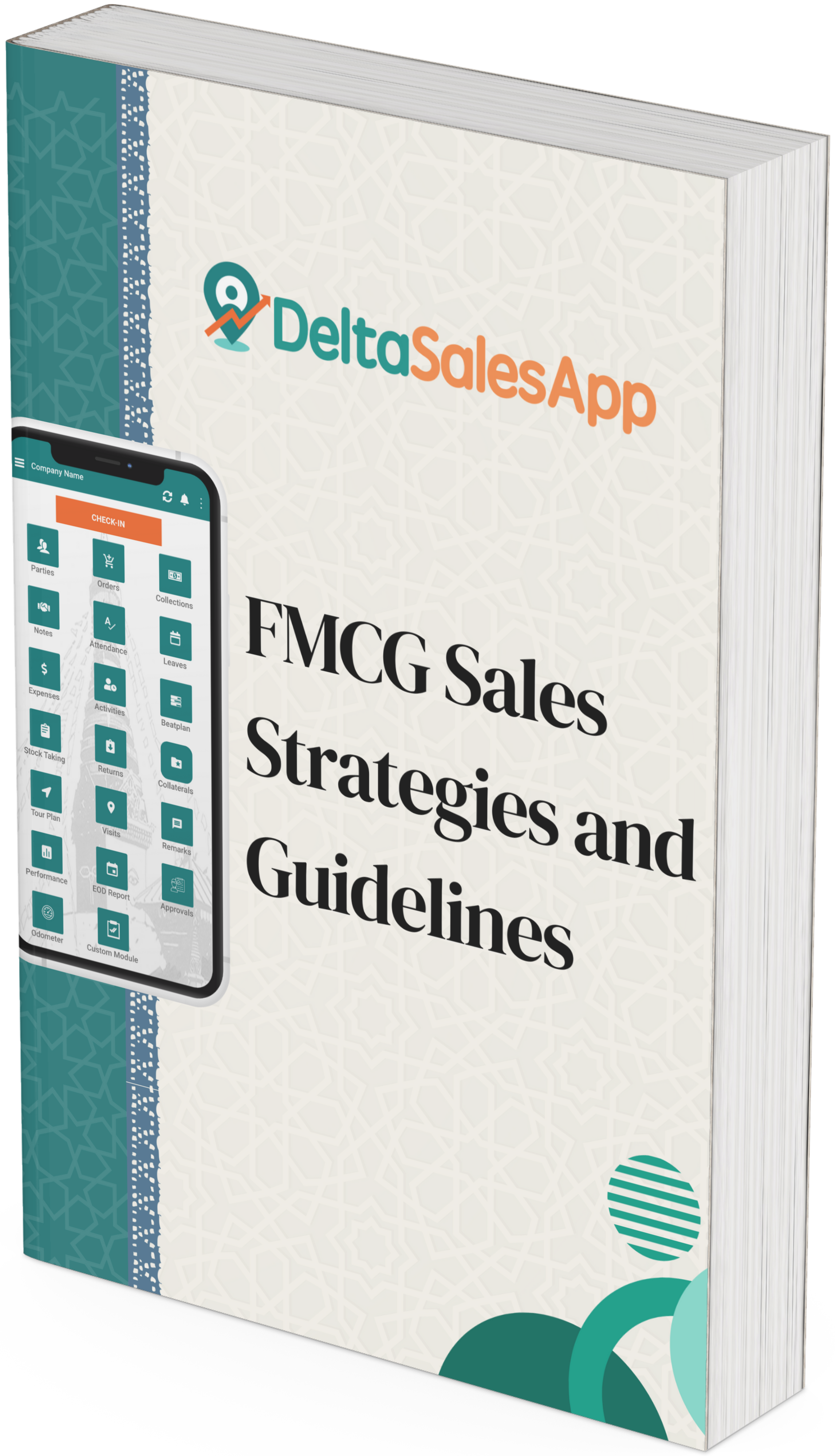General Trade vs. Modern Trade: Key Distinctions
_1743423040.png)
The retail landscape has dramatically evolved over recent decades, shifting from traditional markets toward organized retail. Yet, intriguingly, General Trade has managed not just to survive but thrive alongside Modern Trade. In a world driven by fast-paced consumerism, where shopping experiences are digitized, personalized, and highly competitive, understanding the crucial distinctions between General Trade and Modern Trade can mean the difference between market domination and obscurity.
But first, let's dive deeper into these two retail formats beyond textbook definitions—let's unravel their stories, dynamics, strategies, and nuances that truly set them apart.
The Charm of General Trade: Beyond Just Selling
Imagine walking down a bustling local street market. The aroma of freshly ground spices, cheerful greetings from shopkeepers, and the joy of discovering unexpected products—that's General Trade. It's the soul of retail in many parts of the world, particularly in developing nations, where it still accounts for more than 70% of retail trade.
Personalization is the heart of General Trade. Shopkeepers often know their customers by name, understand their preferences, and even anticipate their needs. It's not uncommon for a customer to enter a neighborhood grocery store and walk away with credit-based purchases and a promise to pay later—no paperwork, no credit cards, just trust.
In General Trade, each sale is more than a transaction; it’s a relationship. This human-centric approach creates unmatched consumer loyalty, making GT an enduring powerhouse despite the rise of organized retail.
Behind-the-Curtains: Challenges and Beauty of General Trade
While this charm attracts customers, General Trade has its share of operational challenges. Informal inventory management, dependency on personal relationships for supplier networks, and limited technology usage can hinder growth. Yet, these challenges often become opportunities for savvy businesses. Brands leveraging Field Sales Automation can empower GT shopkeepers with digitized tools, simplifying their business processes without eroding the personalized customer interaction GeneralTrade thrives on.
Modern Trade: Retail on Steroids
Picture entering a hypermarket or supermarket—rows upon rows of neatly stacked shelves, clearly labeled products, bright lights, and the convenience of finding everything you need in one place. This is Modern Trade, the epitome of structured, organized, and efficiency-driven retail.
Modern Trade emerged as a response to the demands of urban consumers—people who value convenience, speed, and variety. Self-service aisles, digital payment solutions, and structured promotions have become hallmarks of modern retail spaces. Brands often compete fiercely for prominent shelf space, strategic promotions, and visibility—driving significant marketing investments._1743422792.png)
The Hidden Power of Modern Trade: Data & Analytics
Unlike General Trade, Modern Trade’s real power lies in its access to consumer data. Detailed insights into consumer buying behavior, product placement effectiveness, and promotional impact allow businesses to make data-driven decisions. Brands that understand and leverage these analytics can significantly boost sales performance, forecast demand accurately, and optimize inventory.
An Insightful Comparison: General Trade vs. Modern Trade
Let's compare General Trade and Modern Trade through a clear, insightful table that goes beyond basic definitions:
Dimension | General Trade (GT) | Modern Trade (MT) |
Consumer Interaction | Personal, relationship-driven | Transactional, structured interactions |
Store Environment | Cozy, informal, personalized | Organized, spacious, standardized |
Payment and Pricing | Negotiable pricing, informal credit arrangements | Fixed pricing, digital payments, standardized discounts |
Inventory Management | Manual, intuitive, informal methods | Automated, technology-driven inventory tracking |
Promotions & Marketing | Word-of-mouth, localized, personalized | Mass advertising, digital marketing, structured promotions |
Product Assortment | Limited yet targeted for local preferences | Extensive, diverse, appealing to broad customer base |
Market Coverage | Deep, localized penetration | Broad, urban-focused coverage |
Relationship with Brands | Informal relationships, personal communication | Formal relationships, contractual agreements |
Role of Technology | Low usage, high reliance on human intuition | High usage, data-driven decision-making |
Surprising Consumer Insights: Why Both Channels Coexist?
Interestingly, even in highly urbanized areas where Modern Trade dominates, General Trade remains relevant. Why? Because human nature craves more than convenience—it craves connection. Consumers don't always shop rationally or based solely on convenience; emotional and cultural factors play critical roles. General Trade caters to these emotional connections, while Modern Trade fulfills rational, practical needs.
Brands successful in leveraging both channels understand this emotional-rational balance. They integrate emotional appeal through personalized interactions in General Trade while offering convenience, variety, and discounts through Modern Trade.
Real-World Examples & Case Studies
Case 1: Coca-Cola’s Localized Strategy in General Trade
Coca-Cola thrives by employing field sales apps to manage their vast network of GT retailers. They leverage a localized approach: the brand tailors promotional strategies according to local tastes, preferences, and even local languages or festivities. Sales representatives equipped with Field Sales Automation tools ensure timely restocking, relationship-building, and promotional execution. The result? Consistent growth in remote areas alongside Modern Trade outlets in urban centers.
Case 2: Unilever’s Modern Trade Mastery
Unilever masters Modern Trade through its advanced analytics systems. By partnering with major supermarkets, Unilever uses point-of-sale (POS) data to predict buying behaviors, optimize shelf placements, and drive promotions. This analytics-based approach has significantly enhanced product visibility and market share in highly competitive urban markets.
Future Trends: Integration of General Trade and Modern Trade
The future of retail isn't General Trade vs. Modern Trade, but General Trade and Modern Trade, working in harmony. Technology will bridge gaps between personalized interactions and operational efficiency. Hybrid models—GT stores adopting digital payment solutions or inventory management systems—are already emerging. Similarly, Modern Trade is embracing personalization through targeted promotions and loyalty programs.
Brands that invest in solutions like Field Sales Software and customized apps for General Trade, while simultaneously leveraging data analytics in Modern Trade, will lead the retail market in the coming years.
Practical Tips for Businesses: Winning in Both General Trade and Modern Trade
- Adopt Appropriate Technologies: Implement field sales automation to simplify General Trade management, and leverage analytics software for Modern Trade inventory and sales optimization.
- Personalize Promotions: Offer culturally relevant and localized promotions for General Trade, while maintaining standardized promotions in Modern Trade.
- Balance Investments: Allocate resources based on consumer insights. General Trade might require more relationship-building investment, while Modern Trade demands structured promotional budgets.
- Hybrid Approaches: Experiment with hybrid retail formats or tools that blend personal relationships (GT) with structured convenience (MT).
Conclusion: Beyond Competition—The Complementary Future
While General Trade and Modern Trade significantly differ, labeling them merely as competitors limits understanding their true market potential. Both channels cater to distinct, yet equally important, consumer segments. Businesses embracing the distinctive strengths of each channel, supported by tailored technological solutions, will emerge as market leaders.
Ultimately, retail success is not about choosing General or modern trade. It's about thoughtfully integrating them, recognizing their unique strengths, and employing strategies that resonate emotionally and practically with the end consumer.
In the end, retail is less about selling products and more about selling experiences—whether through the personalized charm of a local shop or the convenient allure of modern supermarkets.









